It’s a chilling sight: once-bustling wetlands falling eerily silent, their frog and salamander choruses replaced by a haunting stillness. Across the globe, a microscopic killer is sweeping through forests, streams, and ponds, threatening to erase entire species in what some scientists call the “amphibian apocalypse.” This menace, known as chytrid fungus, has devastated amphibian populations on nearly every continent. But amid the gloom, zoos have emerged as unlikely heroes—waging a passionate and innovative battle to pull frogs, toads, and salamanders back from the brink of extinction. Their efforts are a race against time, blending science with hope, and showing us that even the smallest creatures deserve a fighting chance.
The Invisible Enemy: Chytrid Fungus Unleashed
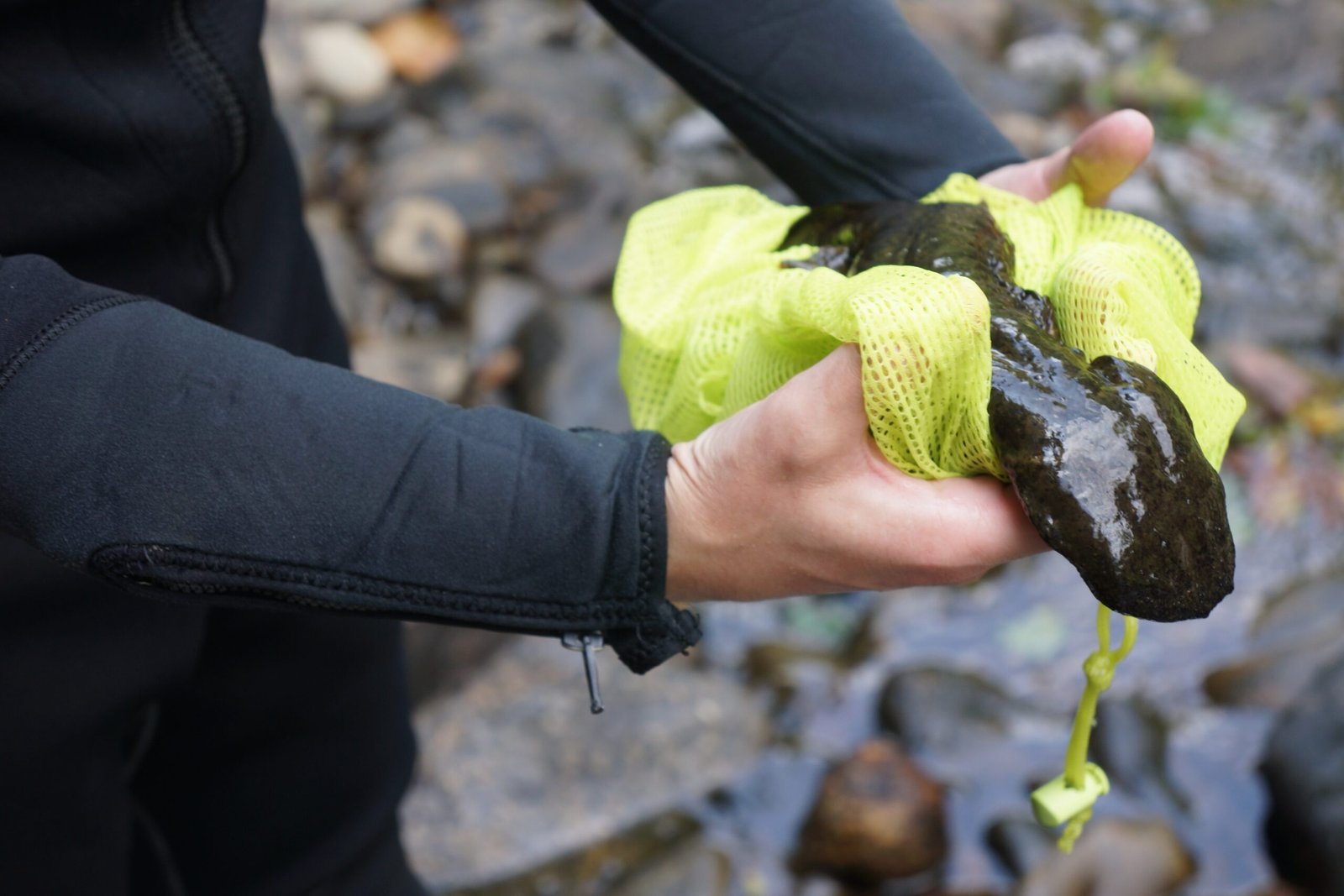
Chytrid fungus, or Batrachochytrium dendrobatidis (Bd), is a silent invader. It attacks the delicate skin of amphibians, disrupting their ability to breathe, hydrate, and maintain essential bodily functions. This microscopic pathogen has spread rapidly since its discovery, causing catastrophic declines in over 500 amphibian species. Its effects are heartbreaking: mass die-offs, empty habitats, and the extinction of species that once thrived in abundance. The fungus thrives in moist environments, making amphibians—already vulnerable due to their permeable skin—especially susceptible. Unlike predators or climate threats, chytrid fungus operates invisibly, making it a particularly insidious foe for conservationists worldwide.
Why Amphibians Matter More Than You Think
Amphibians are not just creatures of swamps and streams; they are essential pillars of ecosystems. Frogs, salamanders, and newts serve as both predators and prey, balancing insect populations and feeding countless other animals. Their skin acts as a living sensor, absorbing toxins and providing early warnings about environmental health. When amphibians suffer, the web of life unravels—leading to surges in pests, declines in water quality, and weakened food chains. Losing amphibians would be like tearing out the foundation of a house: everything above becomes unstable and threatened.
Zoos as Ark: Sheltering Species on the Brink
When the wild becomes too dangerous, zoos step in as arks for endangered amphibians. Behind the scenes, dedicated teams create carefully controlled enclosures that mimic natural habitats, from humid rainforests to cool mountain streams. These safe havens allow species to survive—and even reproduce—free from the deadly fungus. For many frogs and salamanders, the zoo is no longer just a place for public display; it is their last stronghold against extinction. This work is painstaking and emotional, as keepers care for tiny, delicate creatures whose entire species may be down to a handful of individuals.
Captive Breeding: Growing Hope, One Tadpole at a Time
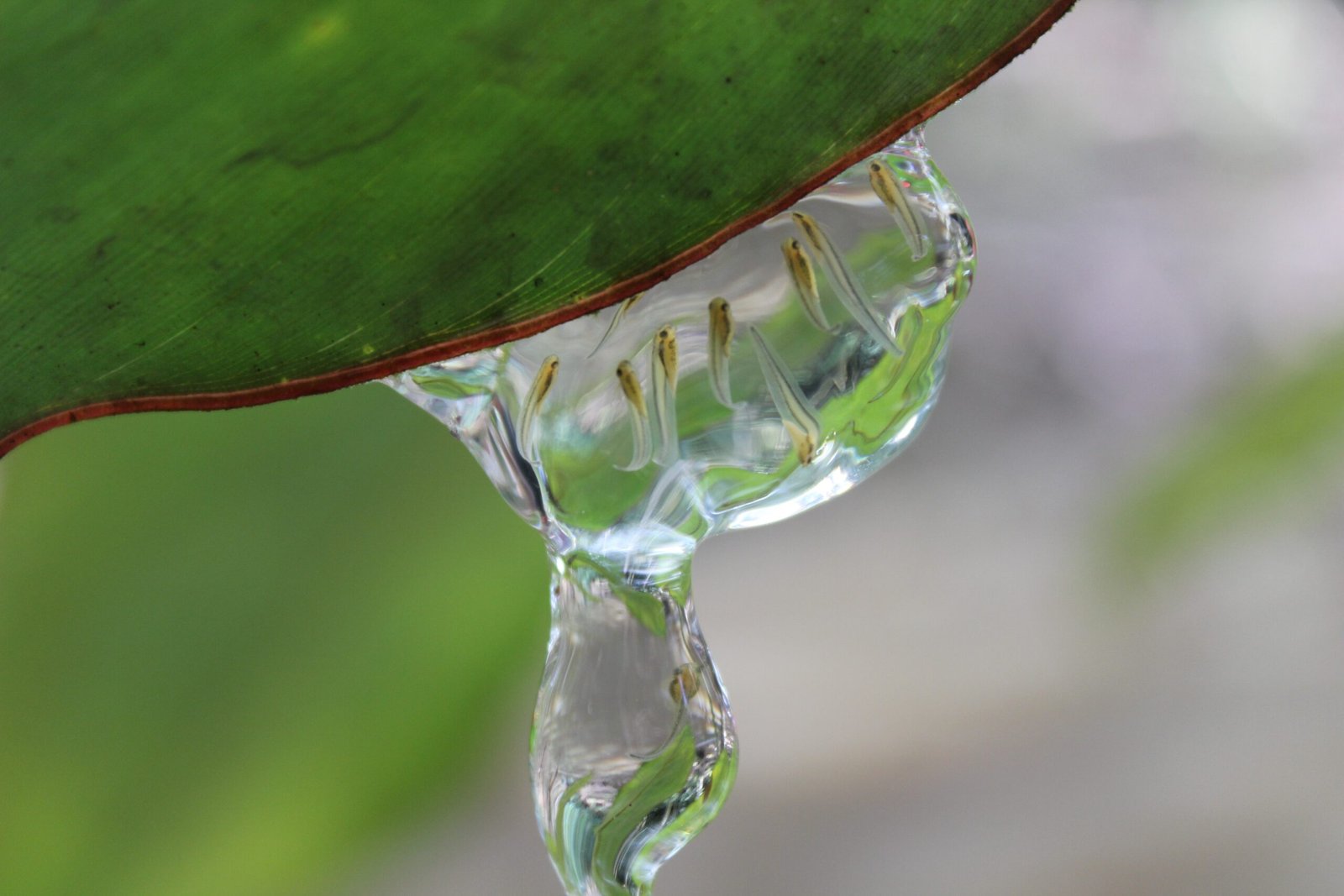
Breeding amphibians in captivity is no easy feat. It requires understanding their unique life cycles—some frogs need rain simulations, others require precise temperature changes to spark breeding. Zoo biologists carefully pair individuals, monitor eggs for signs of health, and rear tadpoles with meticulous attention. These efforts have paid off for species like the Panamanian golden frog and the mountain chicken frog, whose wild populations have been devastated by chytrid. Every new tadpole is more than a scientific achievement; it’s a tiny beacon of hope. Each successful breeding represents a victory against extinction.
Quarantine and Disease Management: Keeping Fungus at Bay
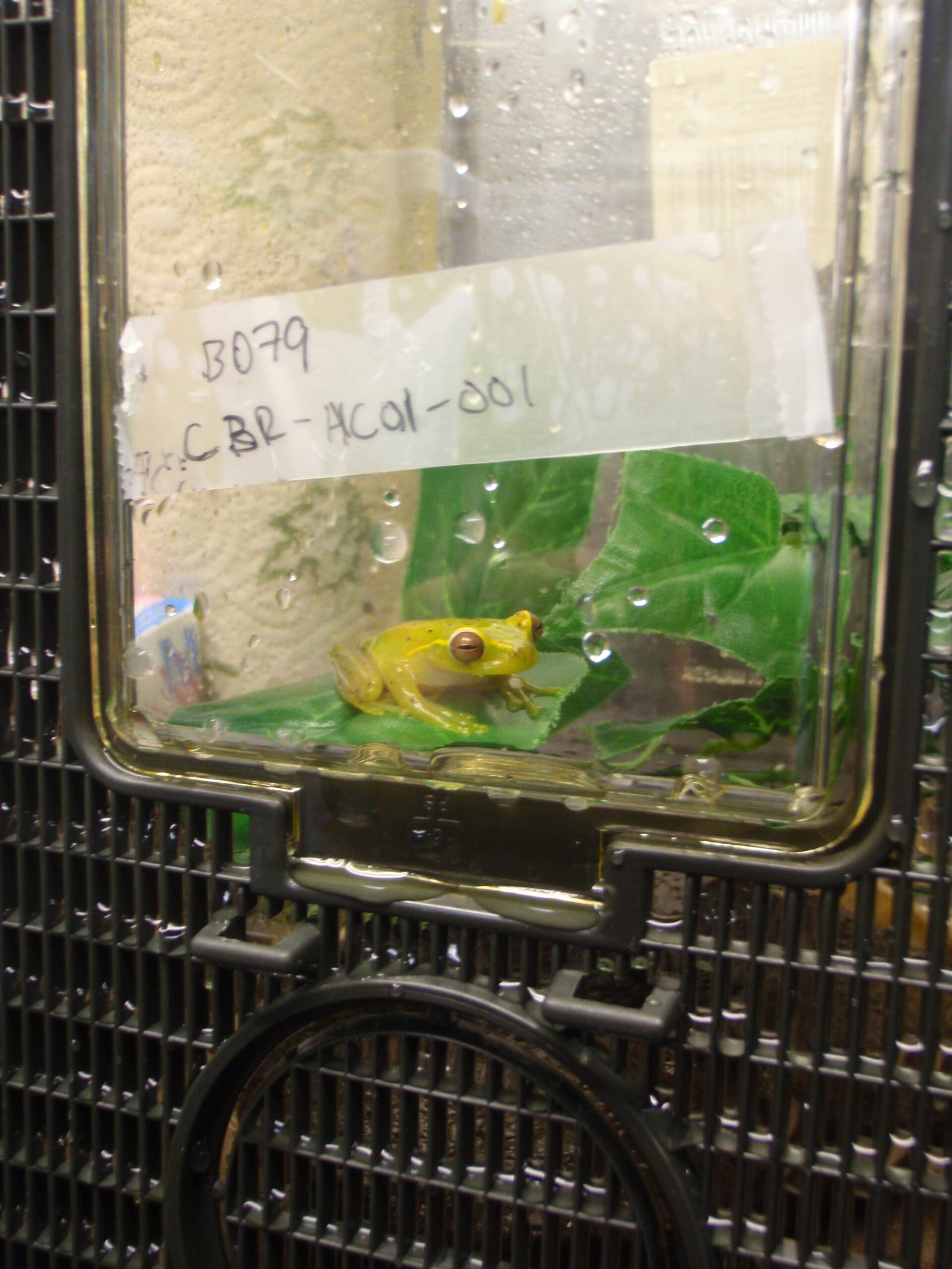
Zoos employ rigorous quarantine protocols to keep chytrid fungus from spreading within their collections. Newly arrived amphibians are isolated and tested for the fungus before joining established groups. Regular health checks and specialized antifungal treatments are administered to keep the captive populations safe. In some cases, zoo veterinarians develop custom treatments—like medicated baths or probiotics—to boost the animals’ natural defenses. These disease management strategies are vital, as an outbreak within a zoo could spell disaster for carefully nurtured populations.
Reintroduction to the Wild: A Risky but Necessary Step
Breeding amphibians in zoos is only half the battle. The ultimate goal is to return these animals to their natural habitats, restoring balance to ecosystems. But reintroduction is fraught with challenges: the wild may still harbor the deadly fungus, and released animals must be able to survive and reproduce. Zoos work closely with conservationists to identify safe sites, prepare animals for release, and monitor their progress. Sometimes, they introduce fungus-resistant individuals or trial new treatments in the wild. It’s a delicate dance of hope and caution, where every released amphibian carries the future of its species on its back.
Scientific Research: Unlocking Mysteries to Save Lives
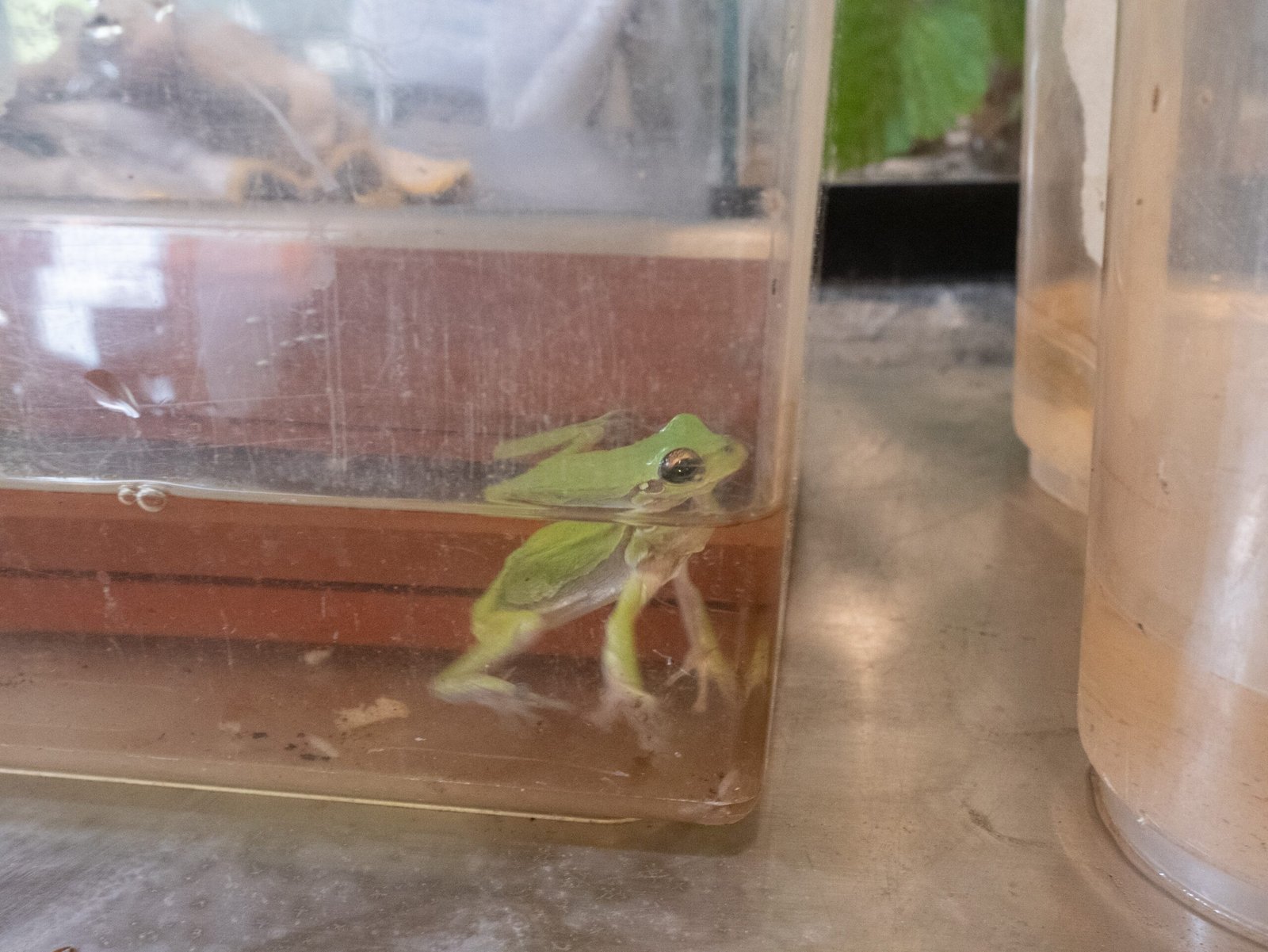
Zoos are not just caretakers—they are research powerhouses. Their scientists study the biology of chytrid fungus, seeking weaknesses that can be exploited. They investigate why some amphibians are resistant and others are not, searching for genetic clues that could guide breeding or treatment. Innovative research has led to the discovery of skin bacteria that protect certain frogs, opening new avenues for probiotic therapies. Every experiment, every observation, adds a piece to the puzzle—and brings the world closer to defeating the fungal foe.
Education and Advocacy: Changing Hearts, Inspiring Action

Zoos play a crucial role in educating the public about the amphibian crisis. Through engaging exhibits, talks, and hands-on activities, visitors learn about the plight of frogs and salamanders and the steps they can take to help. Many leave inspired to support conservation efforts, reduce pesticide use, or protect local wetlands. By turning concern into action, zoos help build a global community committed to saving amphibians. Their message is clear: even the smallest creatures deserve our empathy and effort.
Global Collaboration: United Against Extinction
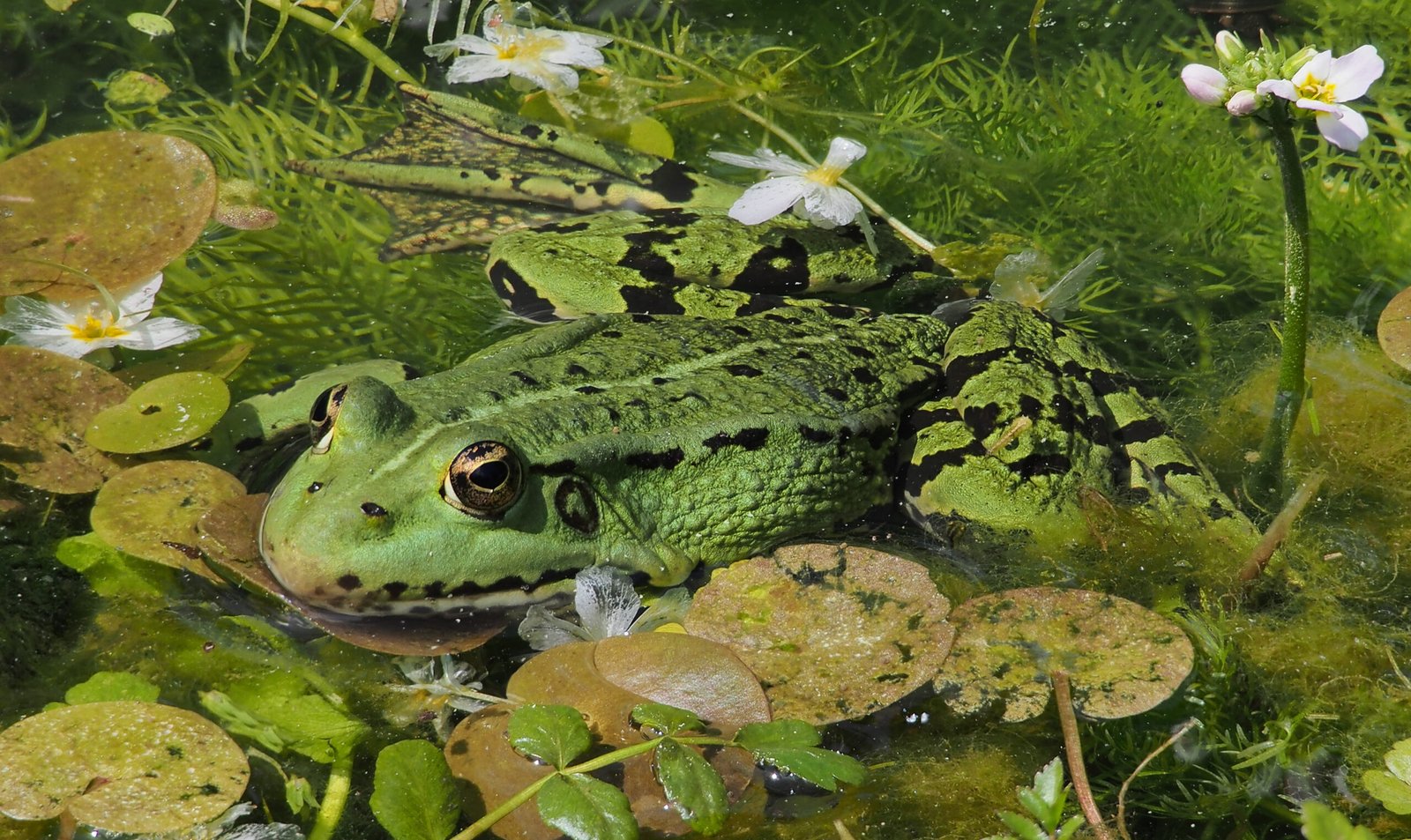
No single zoo can fight the chytrid crisis alone. Around the world, zoos join forces with universities, nonprofits, and governments in a united front. They share breeding protocols, swap genetic material, and coordinate releases to maximize impact. International networks like the Amphibian Ark bring together the best minds and resources, ensuring that no species is forgotten. This spirit of collaboration is vital—because the fight to save amphibians knows no borders.
Stories of Survival: Species Saved from the Edge
Amid the gloom, there are shining examples of success. The Kihansi spray toad, once declared extinct in the wild, now thrives in zoos and is being reintroduced to its Tanzanian homeland. The Wyoming toad, with fewer than 20 left in the wild at one point, is slowly rebounding thanks to zoo-led breeding and release programs. These stories are testaments to the power of determination, creativity, and hope. Each saved species is a reminder that extinction is not inevitable.
Challenges Ahead: The Fight Is Far From Over
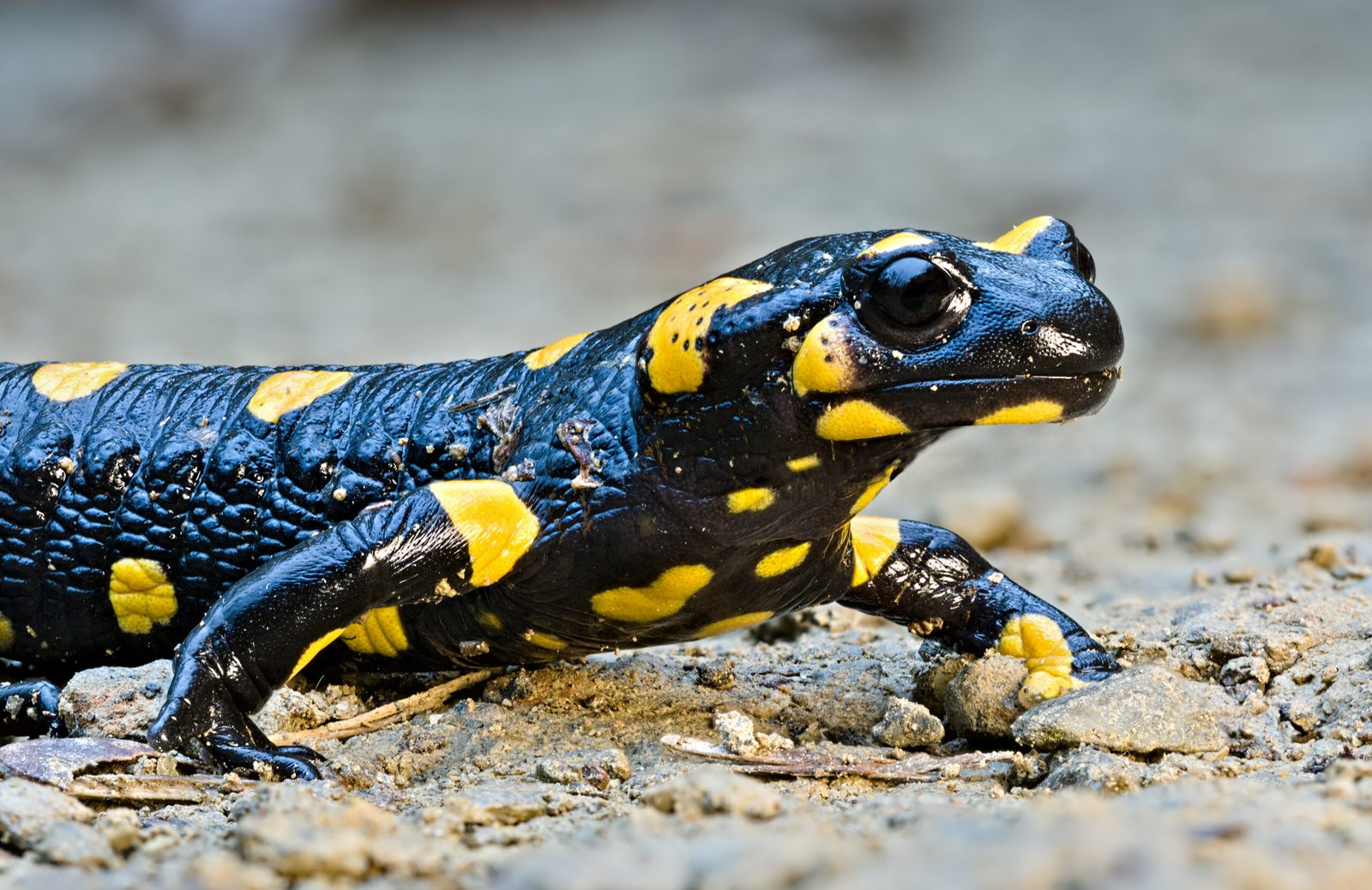
Despite these victories, the battle is ongoing. Chytrid fungus is stubborn, and new strains keep emerging. Climate change and habitat loss add new layers of danger for amphibians already under siege. Zoos must constantly adapt, investing in new technologies, expanding their facilities, and training a new generation of conservationists. The road ahead is steep, but the stakes have never been higher. As Dr. Karen Lips, a prominent amphibian researcher, once said, “We are in a race against time—and every frog counts.”
What You Can Do: Small Actions, Big Impact
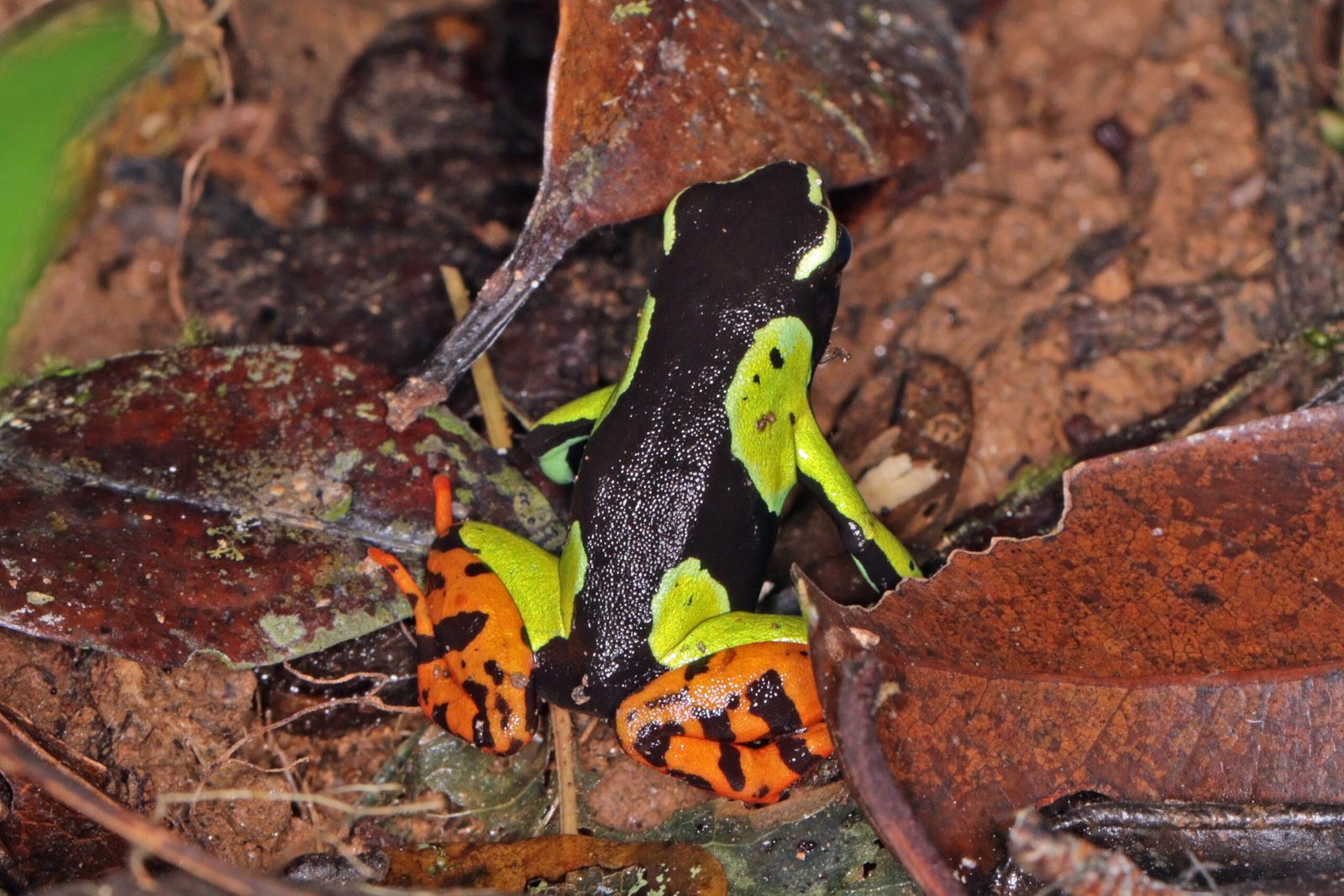
Even if you never visit a faraway rainforest, you can play a part in saving amphibians. Supporting zoos and conservation organizations helps fund critical breeding and research efforts. Simple choices—like reducing pesticide use, keeping local waterways clean, or planting native gardens—make a difference for frogs and salamanders in your own backyard. By spreading awareness and valuing the creatures often overlooked, each person becomes part of the solution. The survival of amphibians depends not only on scientists and zookeepers, but on the empathy and action of ordinary people everywhere.


